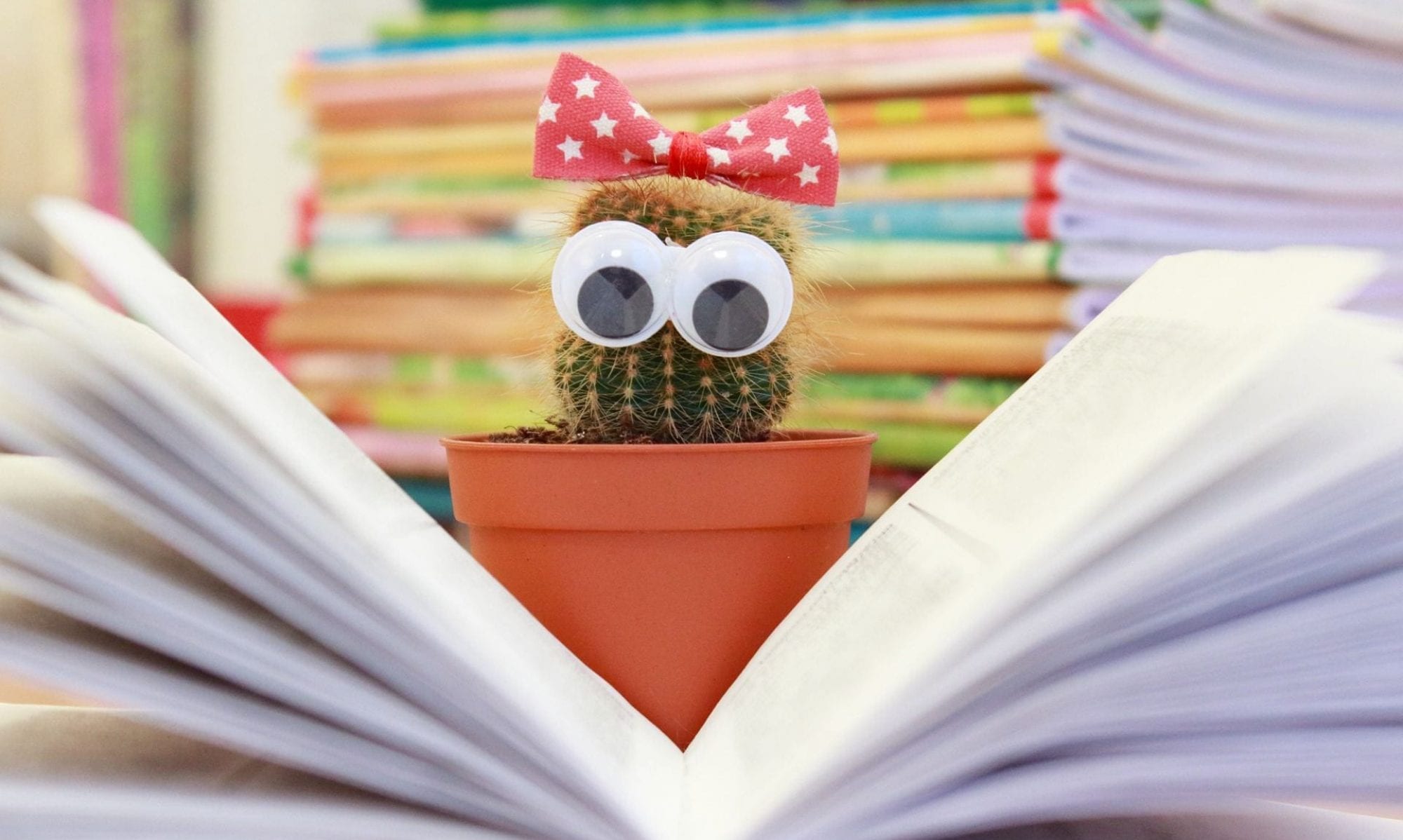Module 2 covered a large amount of content directly related to developing library collections. This was a long module, which frankly, I struggled to get through. Topics included ‘selection and the school context’, ‘the balanced collection’, ‘eResources’, ‘selection aids’, ‘selection criteria’, and ‘censorship. Most of these topics held direct relevance to my first assessment task, and the readings suggested here we useful in that way.
2.1 focused on resource selection with reference to school context, and introduced the term ‘patron-driven acquisition’. This has different meanings depending on context. For example, I would have taken the term to mean patrons are assisting with acquisition through purchase suggestions. Whereas, in reference to digital resources it could refer to eBook acquisition through patrons initiating a purchase by viewing an item.
2.2 looked at the balanced collection and the need for up-to-date policies which are in line with the school’s mission, and which support collection development. A number of areas were discussed for consideration of a balanced collection – content vs container, ownership vs subscription, single title vs bundled sets, physical vs digital, fiction vs non-fiction, and quality vs popular. The decision for each of these areas is dependent on the school context and what is right for the resource users. Several readings discussed the use of graphic novels or non-fiction texts to support student learning. I agree with Crowley that graphic novels could be considered a ‘gateway book’ towards more traditional novels. But also that they hold value as texts which support inferencing and using pictures to understand the text. The wide range of types of graphic novels also support wide interests and curriculum links. McEwan’s comments on the usefulness of print nonfiction also hold true with me. I think a balanced collection definitely holds selected nonfiction – perhaps at easy readability and curriculum aligned. In some cases, the right nonfiction text can provide quicker and easier answers than a web search.
Key considerations raised in 2.3 about eResources were about access and promotion. With a variety of eBook vendors and platforms available it is important that the TL makes an informed decision based on ease of use and what the school can support. I learnt that some platforms can be integrated into the school Library Management System. I think this would make searching for resources more efficient, as all items can be searched in one place. Promotion of eResources can be more difficult than print, as you do not have a physical item you can put on display. Displaying eResources on the school library webpage/LMS home page would make them more visible to users. In addition digital scrolling displays could be used as screen savers or on a projection screen. I think promotion of digital resources is highly important. If users do not know you have resources, then they will not use them.
2.5 covers selection criteria. Selection criteria is how the TL ensures that resources are useful to the user and meet teaching and learning content, and library goals. Through this topic I learnt that selection criteria have layers, from very general to very specific, and they can vary depending on the format of the item or fiction vs non-fiction. I found the National Library of New Zealand information on selection criteria very helpful in exploring examples.
Censorship (2.6) relates directly to selection criteria. I think that if I had a purchase challenged that I would be wary with purchasing in the future, particularly if the challenge was by leadership. I think identifying the merits of the text and how it fits the selection policy before purchasing would provide a good background for possible challenges.
A primary school library I worked in had a ‘Year 6/7’ section which contained longer books and those with more mature themes, I suppose this could be censorship by labelling (Moody). These items needed notes from parents if you were in Year 4 or 5 to read them, and if students were younger they were not allowed to borrow them. From a school library perspective, if a student really wanted access to a book ‘out of their age range’ then it could be accessed with parents at a public library.
While I found this module difficult to get through a few points did stand out to me. The idea of a balanced collection is clearly very important to ensure adequate resourcing for teaching and learning, and also equitable access through format variety. I would also like to explore the National Library of New Zealand further to support future policies and criteria I will create.
References
Crowley, J. (2015). Graphic novels in the school library: using graphic novels to encourage reluctant readers and improve literacy. The School Librarian, 63(3). 140-142.
McEwan, I. (2018). Trending now. Teacher Librarian, 45(3). 50-52.
Moody, K. (2005). Covert censorship in libraries: a discussion paper. Australian Library Journal, 54(2). 138-147. https://doi.org/10.1080/00049670.2005.10721741
National Library of New Zealand. (n.d.). Selecting and purchasing resources. National Library of New Zealand Services to Schools. https://natlib.govt.nz/schools/school-libraries/collections-and-resources/selecting-resources-for-your-collection/selecting-and-purchasing-resources

